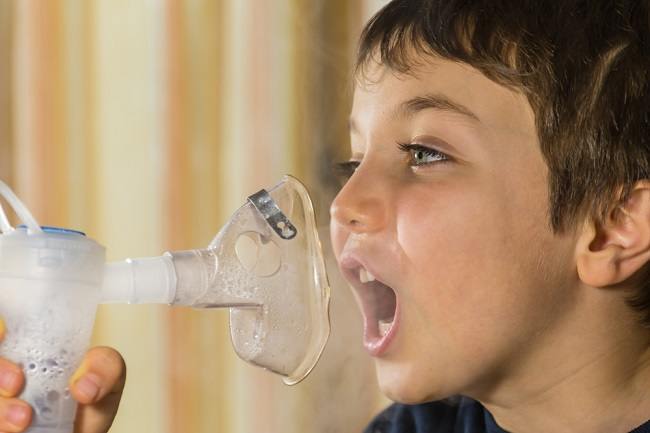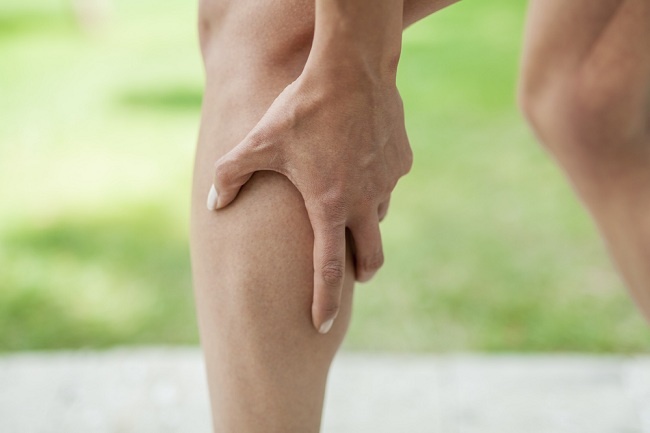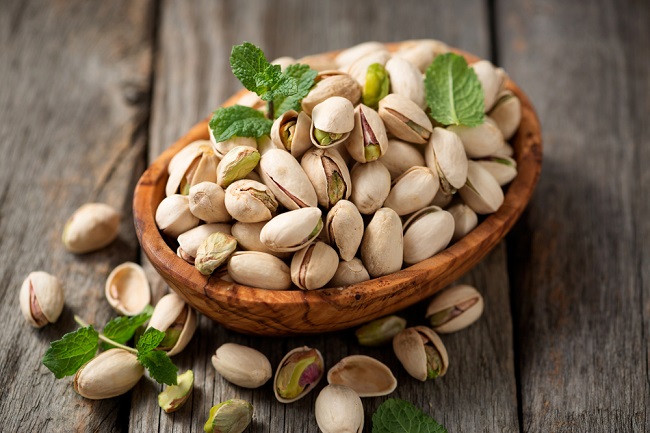Male reproductive disease is a condition when men experience certain health problems or diseases that affect the ability of their reproductive organs. This can be caused by a congenital abnormality, infection, injury, or even a tumor.
Generally, people are more familiar with impotence or erectile dysfunction as a male reproductive disease. Even though there are many other types of diseases that can affect a man's reproductive ability.

Important Signs of Male Reproductive Disease to Recognize
Do not underestimate the symptoms of the reproductive organs, such as testicles that hurt during sexual intercourse or when urinating. These conditions may be a sign of a disease in the male reproductive system, such as the following diseases:
1. Erectile dysfunction
Erectile dysfunction or impotence is the inability of a man to perform or maintain an erection during sexual intercourse. This condition is often caused by excessive stress and anxiety, but it can also be affected by long-term use of drugs, as well as a history of heart disease and diabetes. Impotence can be treated in various ways, from changing your lifestyle to taking medication.
2. Hypospadias
Hypospadias occurs when the urethra or the tube where urine passes is in an abnormal position, which is not at the tip of the penis but at the bottom. This condition is a congenital anomaly that needs to be treated through surgery. If the operation goes well, men can carry out their normal sexual activities.
3. Cryptorchidism
Cryptorchidism is a condition in which one or both testicles are not visible due to the failure of the testicle to descend into its proper position. Cryptorchidism is a congenital disorder that is commonly experienced in premature babies. Orchidopexy is one of the most effective operations in dealing with cryptorchidism.
4. Varicocele
Varicocele is a disease characterized by swelling of the veins in the scrotum. Besides being able to reduce the testes, this male reproductive disease can also cause infertility due to reduced sperm production and quality. Be aware of the various symptoms of this disease, such as swelling of the scrotum, a lump in one of the testicles, pain in the scrotum, and testicular vessels that look enlarged and swollen.
5. Benign prostatic hyperplasiaBenign prostatic hyperplasia (BPH)
BPH is an enlargement of the prostate gland that can put pressure on the urethra. Conditions that can be a natural part of the aging process are generally caused by changes in cell growth and hormone balance. BPH is usually characterized by symptoms such as weak urine flow, branched urine flow, frequent urge to urinate, inability to urinate, and difficulty urinating.
6. Hydrocele
Hydrocele is a male reproductive disease characterized by a buildup of fluid around the testicles, causing swelling in the scrotal area. Although common in newborns and usually harmless, this condition can be uncomfortable and is usually preceded by symptoms such as swelling, pain, and a red scrotum. In rare cases, a hydrocele may co-occur with testicular cancer.
7. Prostate cancer
Prostate cancer generally occurs in men over 40 years, especially in those who have a family history of similar health problems. This disease is characterized by pain when urinating and during ejaculation, pain in the lower back, and blood in the urine. In treating prostate cancer can be done hormone therapy, radiation therapy, chemotherapy, and surgery depending on the severity of the cancer.
If you experience disturbing symptoms from one of the male reproductive diseases above, immediately consult a urologist. Detecting the disease early can make treatment easier, so the chances of recovery are higher.









